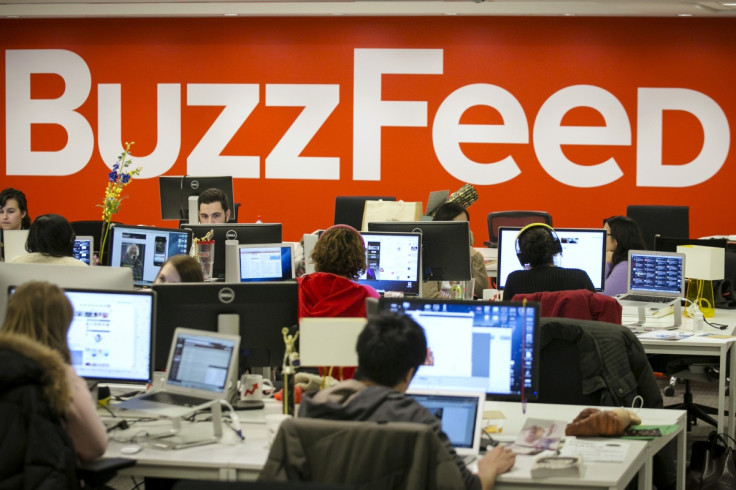More Consume News through Mobile, Only One in Ten Pay for it

A new report by the Reuters Institute for the Study of Journalism has revealed the changing way in which people consume their news.
Thirty-nine per cent of people now access news via two or more digital devices, with 20% using their mobile phone as the primary source of news.
However, just 11% of users had paid for online news over the last year, either via a one-off purchase or ongoing subscription.
Facebook is "by far the most important network for news everywhere", but Twitter is widely used in the UK, US and Spain.
One of the most significant findings is that smartphones, once the preserve of the tech-savvy youth, are now being widely used among older demographics. And, according to the report, there's been a significant jump in usage by the 25-44 group, while falling prices have enabled tablet use to spread to less affluent groups and to the young.
The report quizzed wide samples of news-consumers in 10 countries: the US, UK, Germany, France, Denmark, Finland, Spain, Italy, Urban Brazil and Japan. They found that Japanese consumers were most likely to get their news digitally (69%) with people in Denmark (42%) least likely.
In the UK, 67% of mobile users get their news from the BBC, with Sky the second most prominent source on 25%.
The lack of paying consumers will be a concern for an industry looking to monetisation as a means of survival. "In the absence of significant growth in the overall numbers, news organisations are focusing on maximizing revenue from those who are prepared to pay."
The State of the News and Media report 2013 found that in the US, print advertising revenues continue to fall, albeit less sharply than before. In 2012, the revenues fell to $22.3bn, down from their 2005 peak of almost $50bn.
"Print advertising revenue is now just 45% of what it was in 2006. The growth in online ad revenue has been slow," read the report, conducted by the Pew Research Centre.
The Reuters Institute report also establishes the "rise of new players, social aggregators and the growth of weird news".
Referring to resources such as Buzzfeed and the Huffington Post, the authors wrote: "Across the world we are seeing the rising impact of pure players that are bringing a new tone of voice and innovations in format and business models."
In the US, 17% of respondents had accessed news on HuffPost, with 5% using Buzzfeed. The Japanese are most likely to consume "fun or weird news" (28%), with the Germans and Finns least likely on 14% each, respectively.
The scramble for industry behemoths to invest in so-called "maverick digital media group" Vice emphasises the growing influence of new players, particularly those perceived to have the ear of the young, hip demographic.
This week, Time Warner were reported to have offered $2bn for Vice Media, in an effort to tap into their young audience.
The company has also been the subject of advances from News International, with Rupert Murdoch tweeting in 2012: "Who's heard of VICE media? Wild, interesting effort to interest millenials who don't read or watch established media. Global success."
Vice co-founder and CEO Shane Smith has previously said he wouldn't sell up until he has established the "next MTV or CNN". With a current readership of 130 million a month, the day would appear be ebbing ever nearer.
© Copyright IBTimes 2025. All rights reserved.






















